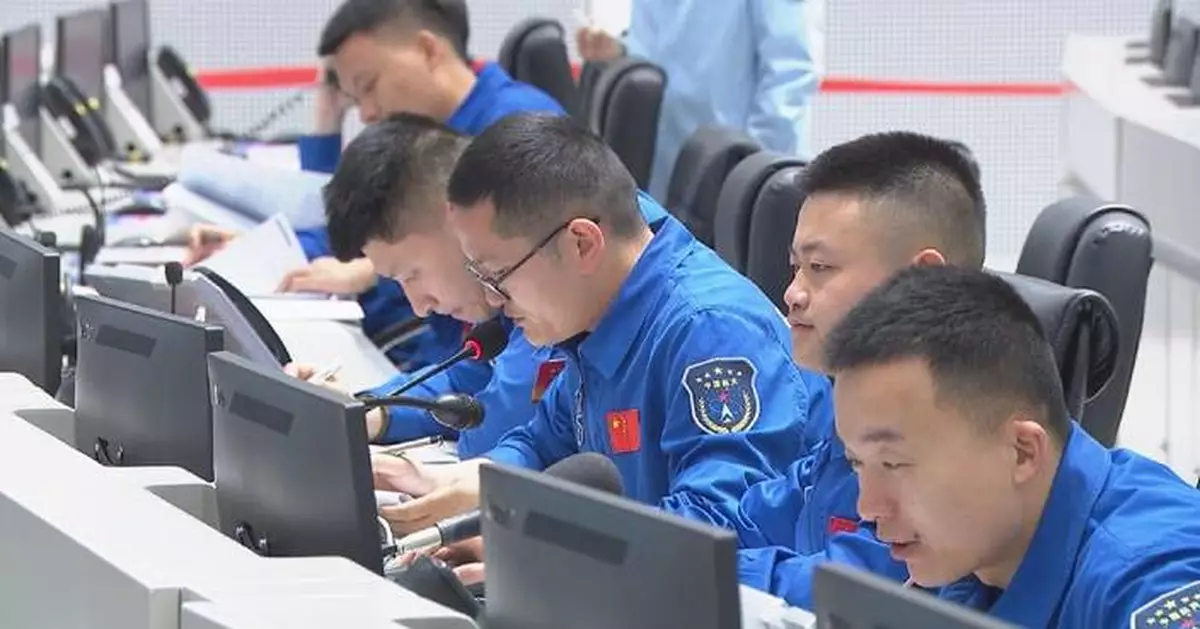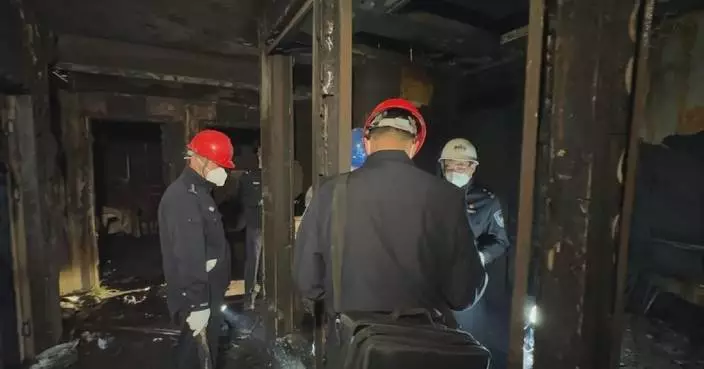The Shenzhou-20 crewed space mission carried out its final pre-launch drill on Tuesday, with all systems thoroughly checked and ready for liftoff.
At 08:00 Tuesday, under the unified coordination of the Beijing Aerospace Control Center, the Jiuquan Satellite Launch Center, Xi'an Satellite Control Center, and various tracking and control stations across the country conducted a comprehensive simulation of the entire launch process. This covered preparation, liftoff, and various technical attitudes and operational procedures during flight. Throughout the drill, the mission teams performed good teamwork, and all procedures were executed in a well-organized manner.
During the joint practice, the Xi'an Satellite Control Center coordinated with tracking and control stations in Weinan and Kashgar in northwestern China, and Qingdao and Xiamen in eastern China to perform relay tracking and control, providing crucial support to ground researchers assessing the spacecraft's real-time status.
"We've just completed a trouble-shooting drill of the Shenzhou-20 mission's tracking and control telecommunication system, focusing on potential anomalies during data forwarding and primary-backup machine switching, to verify each emergency plan. The entire process went smoothly, and we will continue reviewing the mission and anticipating all kinds of possible happenings to ensure the mission carried out perfectly," said Zhao Dan, an engineer at the Xi'an Satellite Control Center.
This joint drill, the final comprehensive exercise before the Shenzhou-20 launch, simulated all critical factors in a manner most similar to the actual launch. With its completion, the Shenzhou-20 spacecraft and Long March-2F carrier rocket stand in a launch-ready state.
Currently, all facilities at the launch site are in good shape, with fueling and final preparations for liftoff scheduled to proceed as planned.
"We've made modifications to the layout inside the module to accommodate 20 percent more payload capacity in line with the spacecraft's upward payload requirements. We've checked the spacecraft's functionality, and its compatibility with other major systems, all the functions were tested normal. The spacecraft is now ready for launch," said Diao Weihe, a staff member with the China Aerospace Science and Technology Corporation.
Given the seasonal high winds and sandstorms, the meteorological team has closely monitored the weather conditions for the launch window, increased the frequency of meteorological consultations and conducted in-depth studies on factors that could impact the launch.
"The meteorological team checked and trouble-shot the ambient equipment at the launch site a month ago. Forecasters have made specialized technical preparations for potential challenges, such as strong winds, dust storms, and thunderstorms in April. So far, the window weather conditions are up to the request of the launch," said Zhang Fang, a scientist at the Jiuquan Satellite Launch Center.
Under the coordination of the Beijing Aerospace Control Center, China's Space Station has entered the designated orbit for rendezvous and docking, and the Shenzhou-19 crew conducted manual rendezvous and docking drills in preparation for the arrival of the Shenzhou-20 spacecraft.
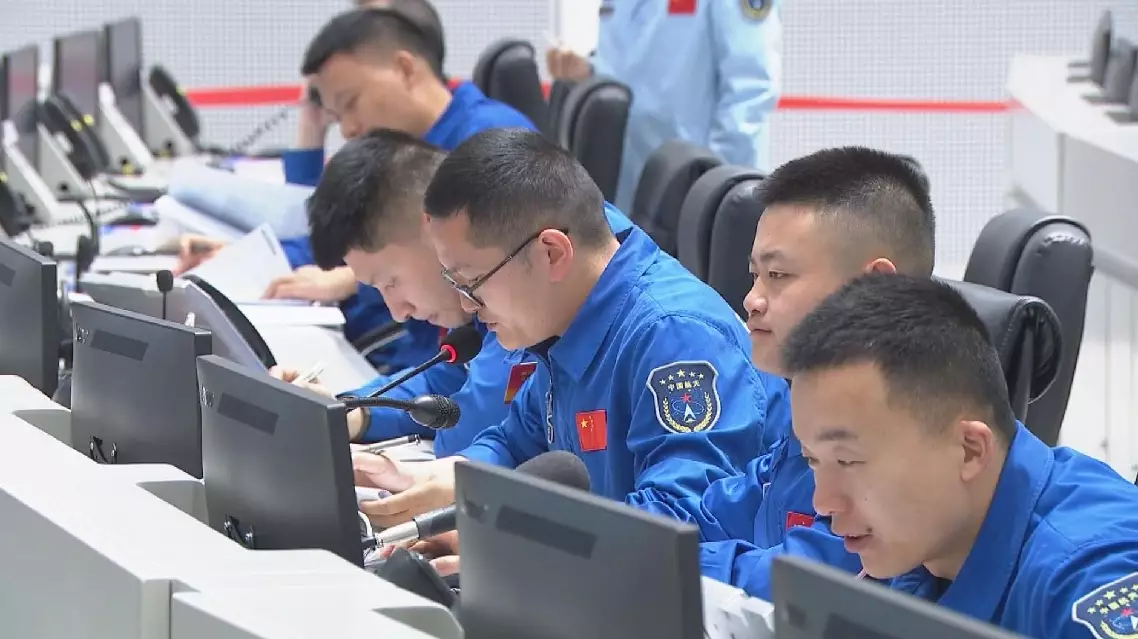
Shenzhou-20 crewed spaceship ready for launch
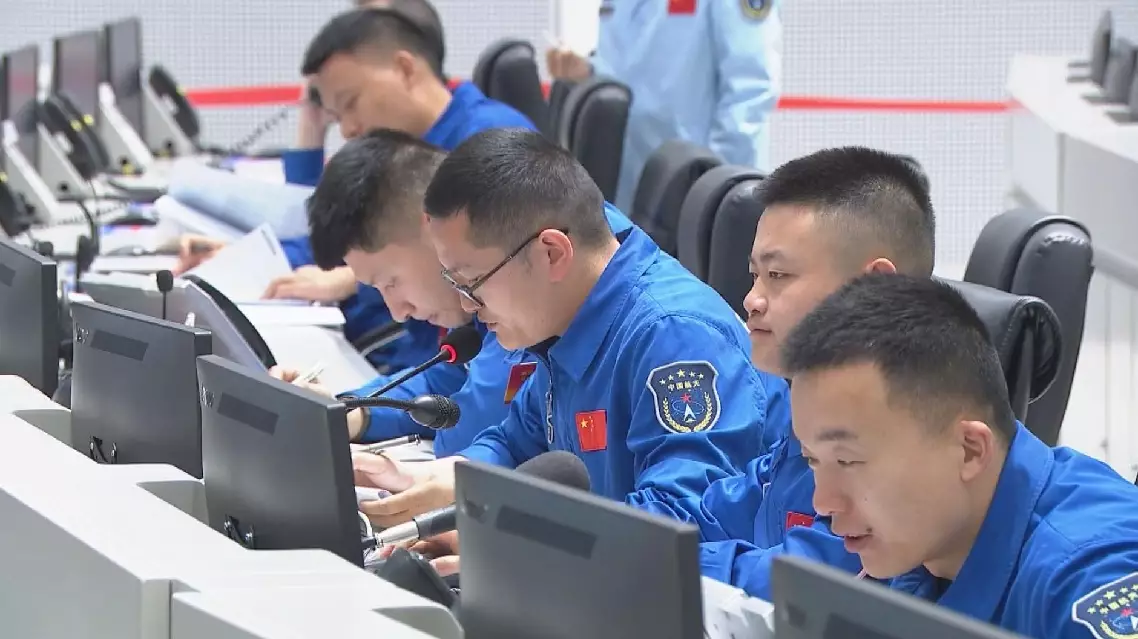
Shenzhou-20 crewed spaceship ready for launch
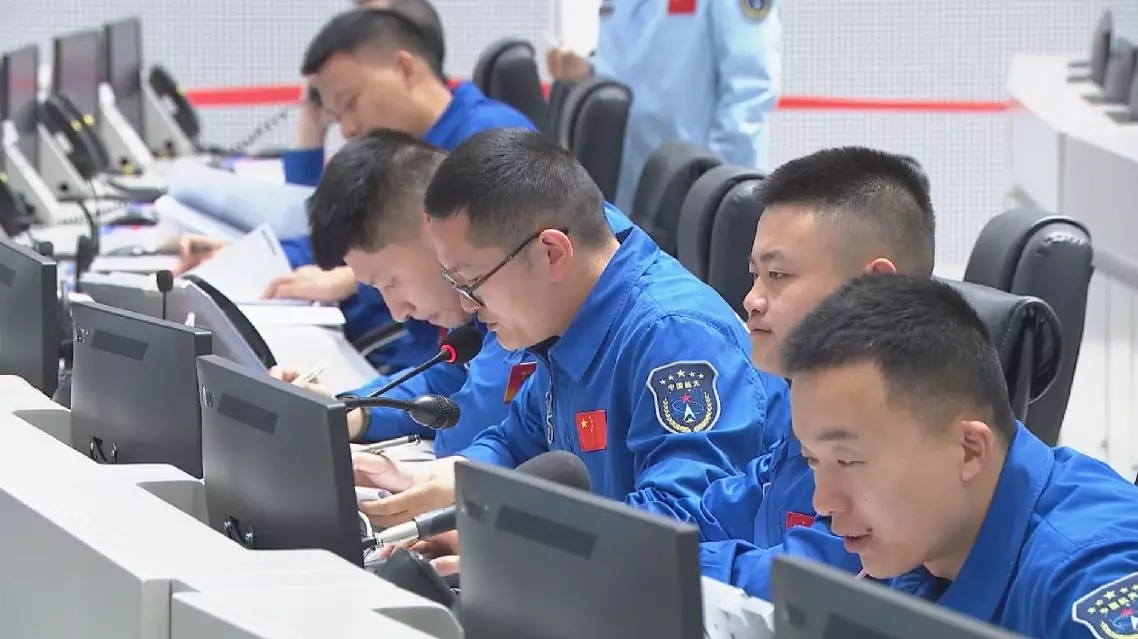
Shenzhou-20 crewed spaceship ready for launch


